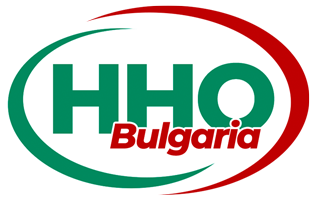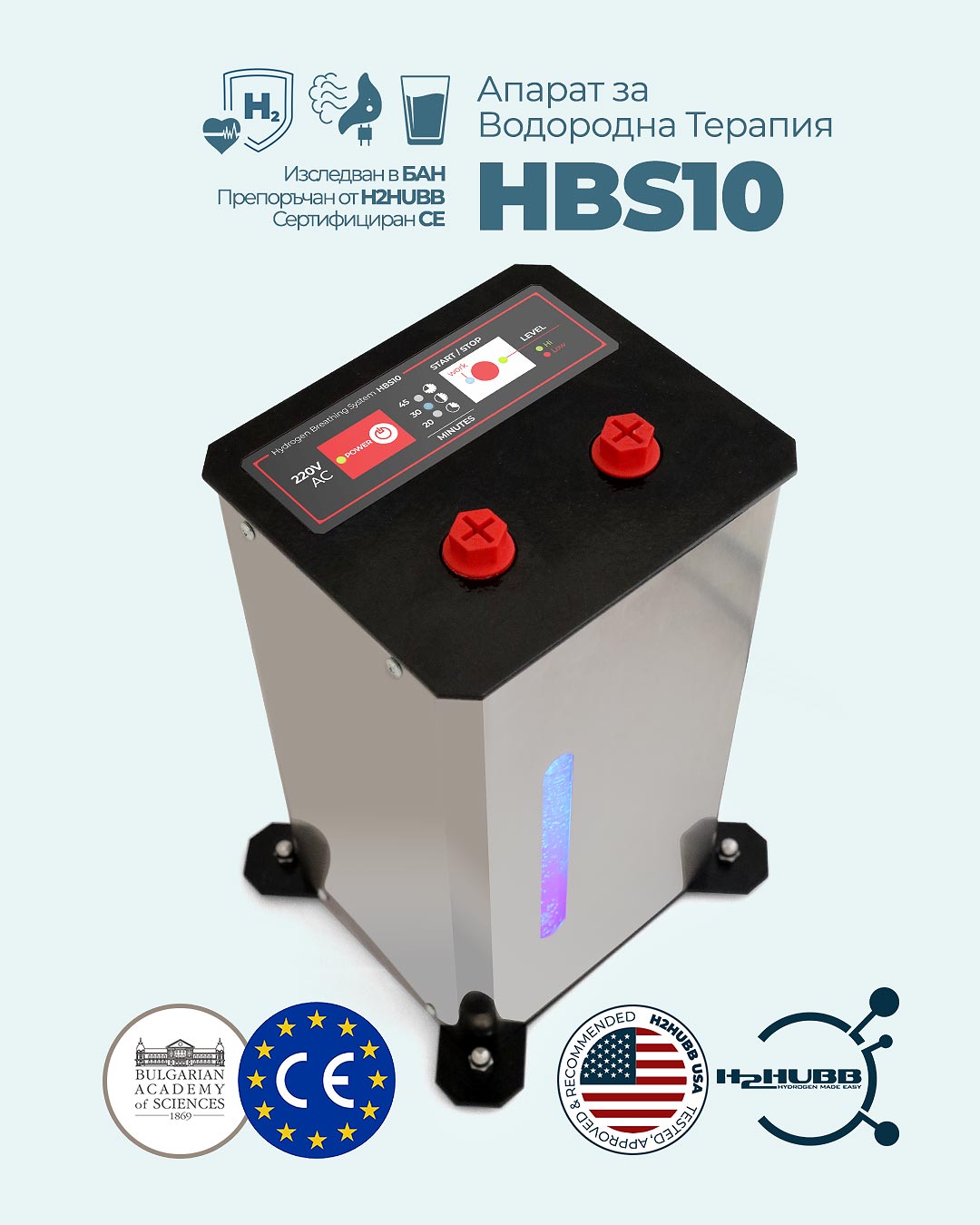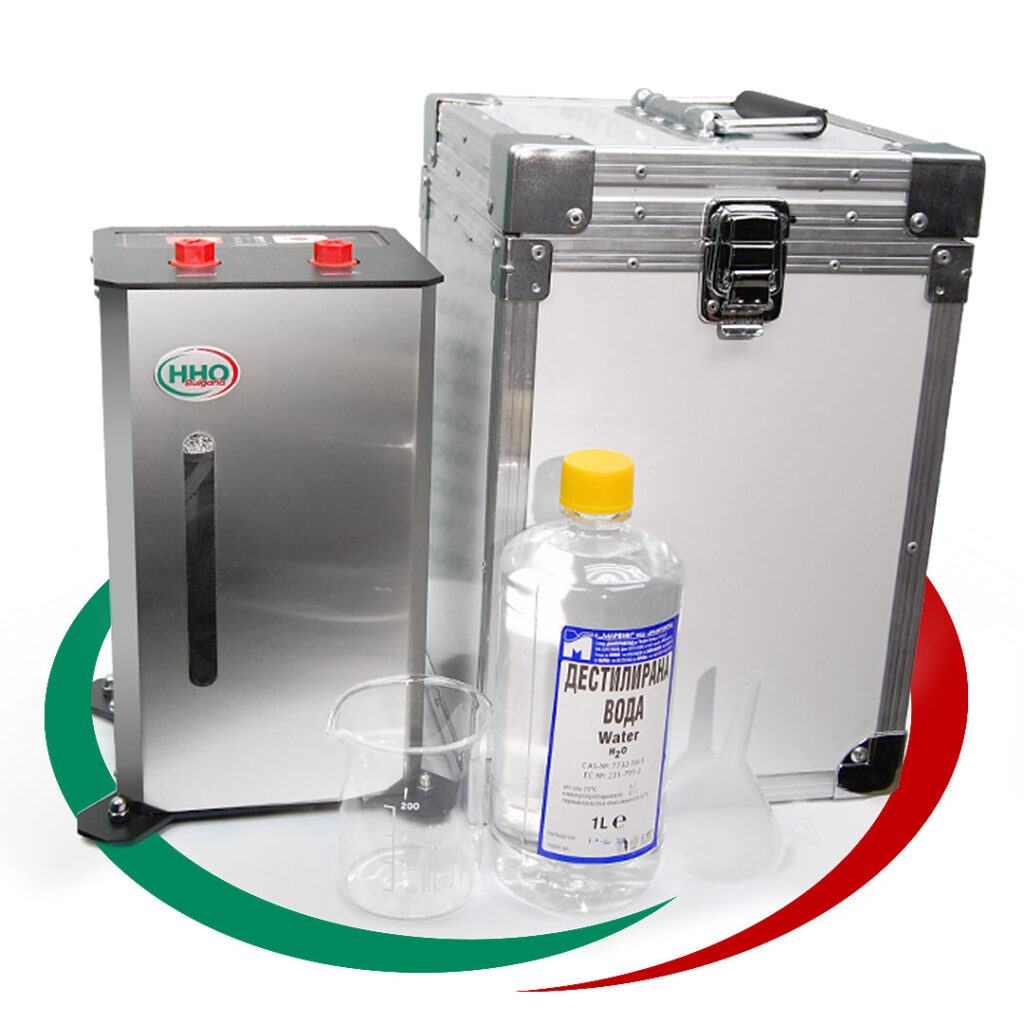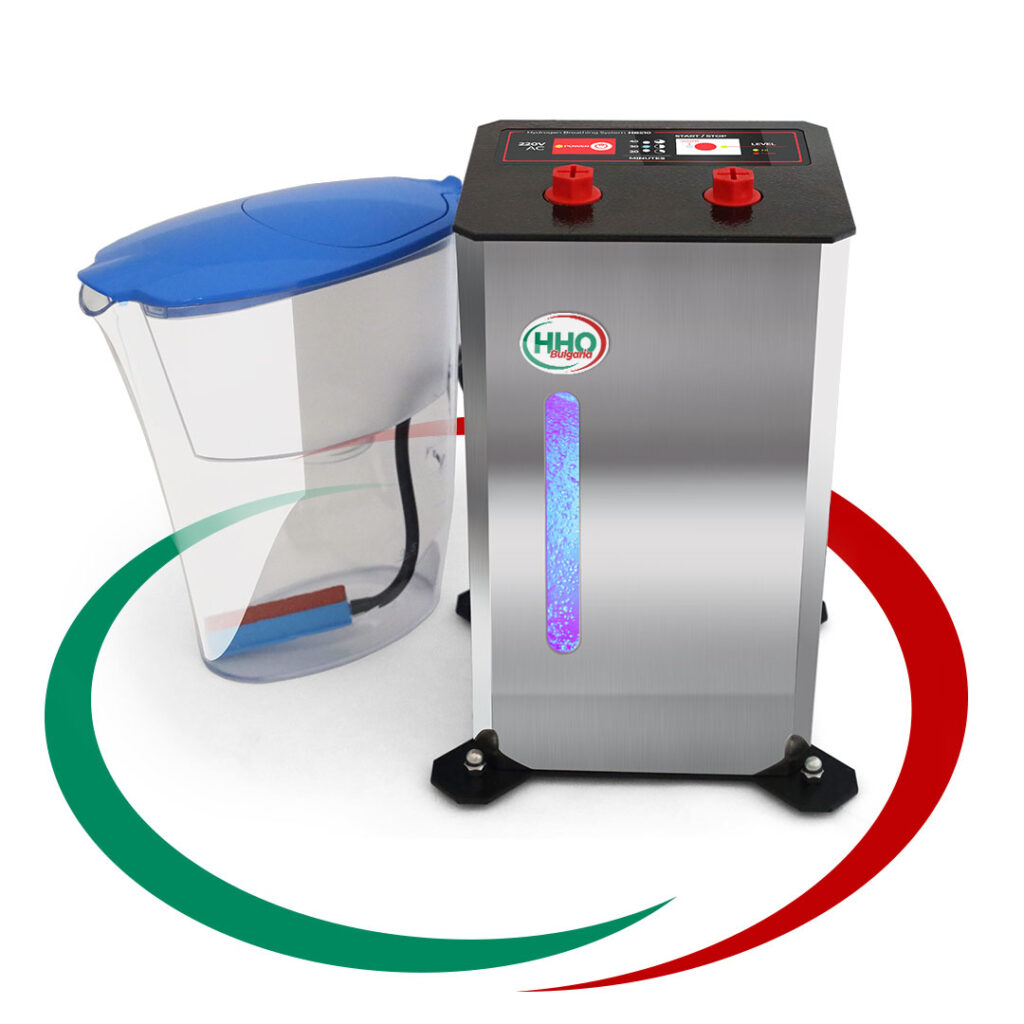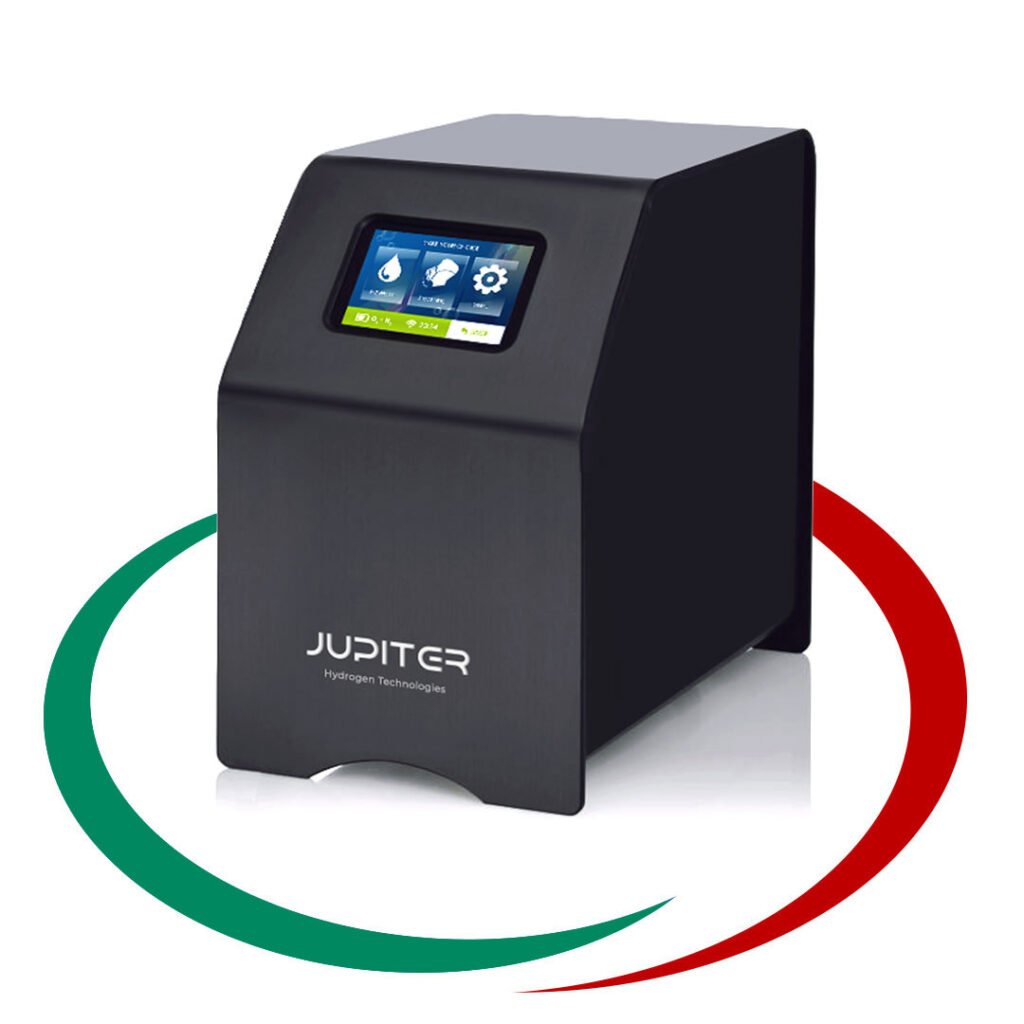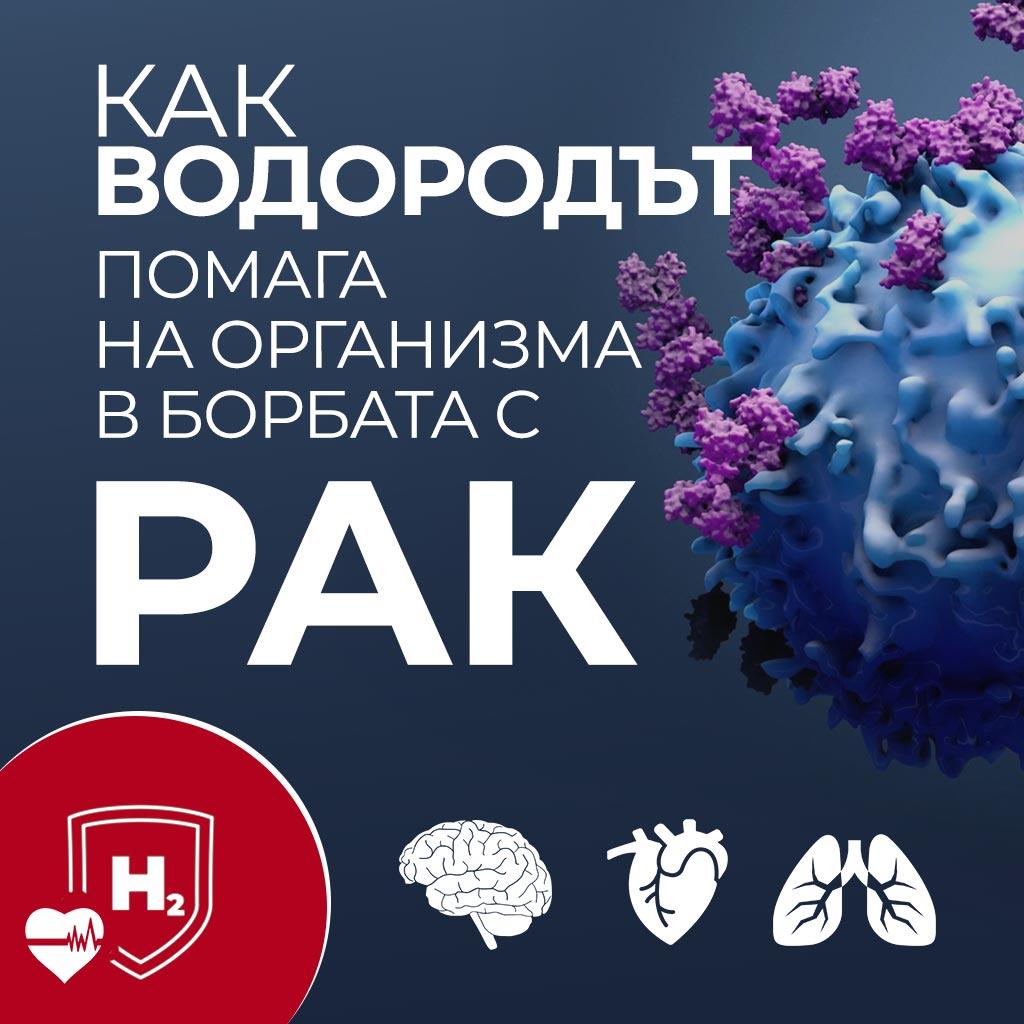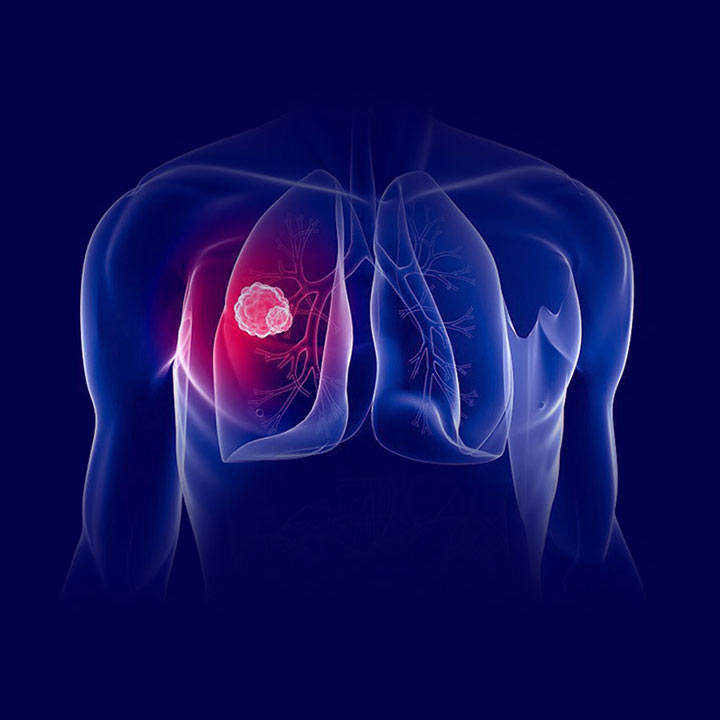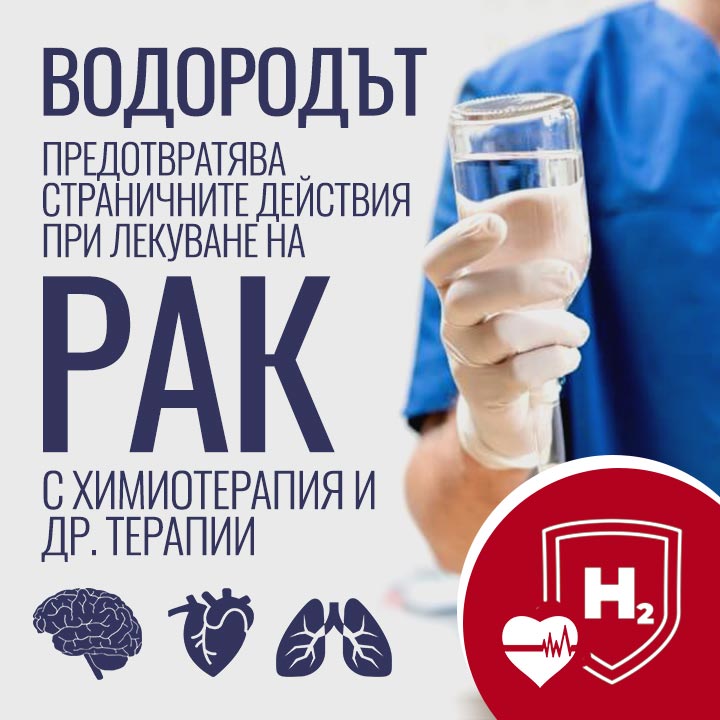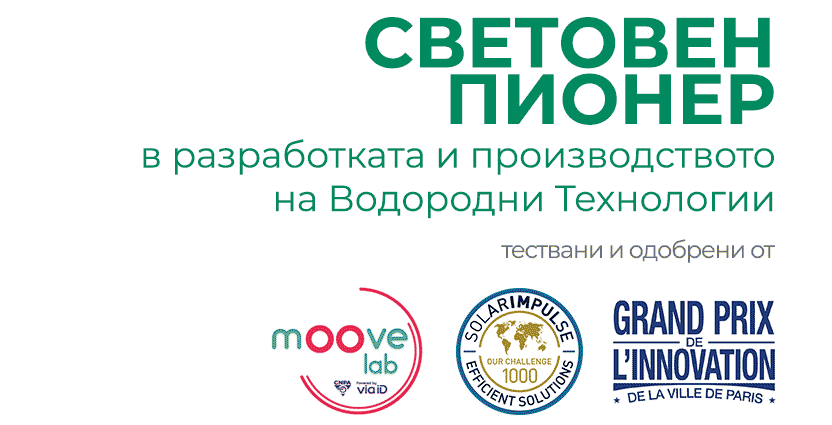Free radicals are downstream mediators of several cytotoxic cascades contributing to ischemic brain injury (Chan, 2001), including excitotoxicity (Coyle and Puttfarcken, 1993, Monyer et al., 1990) and inflammation (Iadecola and Alexander, 2001). Furthermore, the significance of free radicals to stroke pathogenesis is likely to increase with current stroke treatments to re-establish cerebral blood flow (such as recombinant tissue plasminogen activator and endovascular clot retrieval therapy) being increasingly deployed in stroke centers, since reperfusion after stroke enhances the formation of free radical species (Kuroda and Siesjo, 1997).
The search for an antioxidant treatment for stroke is still ongoing. Several candidate drugs, including tirilazad mesylate, NXY-059, and Ebselen® were advanced to clinical trials in stroke patients, but were abandoned after disappointing results (Ginsberg, 2009). The antioxidant Edavarone® gained approval for the treatment of acute stroke in Japan, but evidence supporting its effectiveness is limited (Feng et al., 2011). Past disappointments do not disprove the rationale for antioxidant use in stroke, as the antioxidants tested to date have significant limitations in terms of radical scavenging profile or ability to access all relevant cellular compartments; specific trial design issues have also been raised (Ginsberg, 2009).
More recently, molecular hydrogen was identified as another antioxidant potentially useful in the treatment of stroke (Ohsawa et al., 2007). Its chemical redox properties were previously known, but it did not attract the interest of biologists until Ohta and colleagues demonstrated that the administration of 2% H2 gas by inhalation reduced brain infarction and behavioral deficits in a rat stroke model (Ohta, 2014). These investigators noted that hydrogen has highly favorable properties for use as a medical antioxidant. It scavenged the highly reactive mediators of pathological oxidative stress, peroxynitrite and hydroxyl radicals, while showing little reactivity with radical species or oxidized metabolites important to normal cellular signaling, including superoxide, hydrogen peroxide, nitric oxide, and oxidized nicotinamide adenine dinucleotide (NAD+) (Ohsawa et al., 2007). Protective effects of hydrogen were also observed in different experimental brain injury models (Cui et al., 2014, Hugyecz et al., 2011, Li et al., 2012, Li et al., 2019, Liu et al., 2011, Nemeth et al., 2016). Furthermore, hydrogen has cytoprotective effects against insults other than ischemia and in organs other than the brain (Ohta, 2014, Zhang et al., 2018). More recent studies have also shown H2 treatment has further neuroprotective effects, such as reducing inflammation and suppressing apoptosis (Li et al., 2019, Zhang et al., 2019). Hydrogen is easy to deliver via inhalation of a gas mixture or dissolved in water or saline. Hydrogen is biologically non-toxic and diffuses freely through all biological structures including the blood-brain barrier and cellular membranes, reaching all biological compartments (Ohta, 2014). In addition to animal studies, in a small randomized controlled trial, 25 patients with mild acute stroke (NIH Stroke Scale score 2–6) who were treated with 3% H2 inhalation were reported to have a better outcome (lower NIH Stroke Scale at days 3–14 compared to controls) (Ono et al., 2017). There are also a few on-going clinical trials (i.e., NCT03320018).
One of the reasons clinical stroke neuroprotection has been so difficult to achieve may be the multiplicity of ischemic injury pathways. Virtually all clinical drug trials (and most experimental studies) to date have deployed single agents. While the evidence supporting the potential value of hydrogen as a treatment for stroke is growing, many other candidate therapies have ultimately failed to prove efficacious in clinical trials. We decided therefore to evaluate if the addition of the semisynthetic tetracycline antibiotic, minocycline, could enhance hydrogen-induced ischemic neuroprotection in an experimental stroke model.
Minocycline is readily available, safe, and beneficial in animal stroke models (Yrjanheikki et al., 1999), and may be borderline effective in human stroke (Malhotra et al., 2018). Its neuroprotective and vasculoprotective effects are based on a mixture of anti-inflammatory and anti-apoptotic actions (Fagan et al., 2011). At standard antimicrobial doses, minocycline inhibits matrix metalloproteinase-9 (MMP-9), which is overexpressed and released from multiple cell types post ischemia, contributing to inflammation, blood-brain barrier breakdown, and cell death (Chaturvedi and Kaczmarek, 2014). Additionally, minocycline potently inhibits poly(ADP-ribose) polymerase-1 (PARP), which is overactivated by oxidative DNA damage and can promote cellular energy depletion and “parthanatos” (Dawson and Dawson, 2018). PARP is a downstream mediator of acute zinc toxicity (Sheline et al., 2003), another pathway implicated in ischemic cell death (Koh et al., 1996). Lastly, minocycline has been found to reduce infarct size and NLRP3 inflammasome activation (Lu et al., 2016, Xu et al., 2004), and improve neurological functioning and recovery (Hewlett and Corbett, 2006).
MRI has become a standard method to evaluate the extent of injury in the brain after stroke. T2 MRI provides final infarct volume in the subacute and chronic phases in vivo (Shen et al., 2013). Perfusion and diffusion MRI provides for early diagnosis of ischemic stroke, as well as for the longitudinal evaluation of therapeutic efficacy in chronic stroke (Sorensen et al., 1996, Sorensen et al., 1999). Ischemic stroke occurs when basal cerebral blood flow (CBF) drops below a critical threshold (~0.2 ml/g/min) (Astrup et al., 1981a, Astrup et al., 1981b, Hossmann, 1994, Lo et al., 2005), resulting in metabolic energy failure and cellular swelling. These changes rapidly precipitate a reduction of the apparent diffusion coefficient (ADC) of water in the brain (Minematsu et al., 1993, Moseley et al., 1992, Moseley et al., 1990). During early ischemic injury, a central core of severely compromised CBF and severe ADC reduction is typically surrounded by tissue with moderately diminished CBF, near normal ADC, and impaired electrical activity but preserved cellular metabolism (Shen et al., 2013). The difference in anatomical area defined by perfusion- and diffusion-weighted MRI is commonly referred to as the “perfusion-diffusion” mismatch (Kidwell et al., 2003, Warach, 2003), which approximates the “ischemic penumbra” (Astrup et al., 1981a, Astrup et al., 1981b, Hossmann, 1994, Lo et al., 2005). Early interventions in stroke patients and experimental stroke models have been shown to salvage some mismatch tissue in a time-dependent manner in animal models of stroke (Shen et al., 2013) and in humans (Kidwell et al., 2003, Kidwell et al., 2000, Warach, 2003). The mismatch concept has been used to select patients for treatment who will likely benefit from thrombolytic therapy and/or mechanical clot retrieval (Albers, 1999, Davis and Donnan, 2009, Kidwell et al., 2001). Recent evidence indicates that proper patient selection for acute stroke treatment is critically important to achieve positive outcomes. Thus, MRI plays a critical role in targeting treatment to specific stroke patients.
Given the potential neuroprotective effects of H2, the overall aim of this study was to investigate the longitudinal efficacy of H2 and H2M-combination treatments in the rat middle cerebral artery occlusion (MCAO) stroke model, using non-invasive and clinically relevant MRI techniques. The goals of this study are: i) to evaluate the efficacy of hydrogen treatment in a rat stroke model, and ii) to evaluate if minocycline added to hydrogen treatment (H2M) could further improve efficacy. The readouts were multiparametric MRI and neurological scoring. Comparisons were made with vehicle-treated controls.
